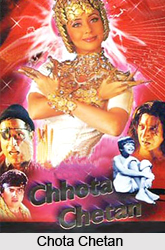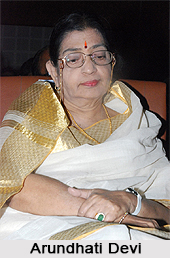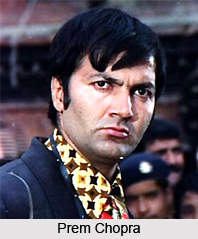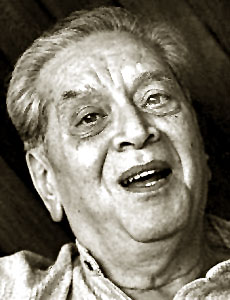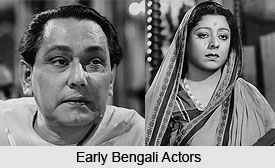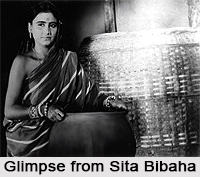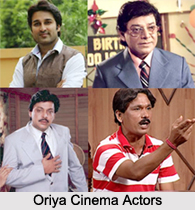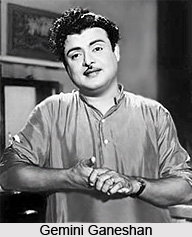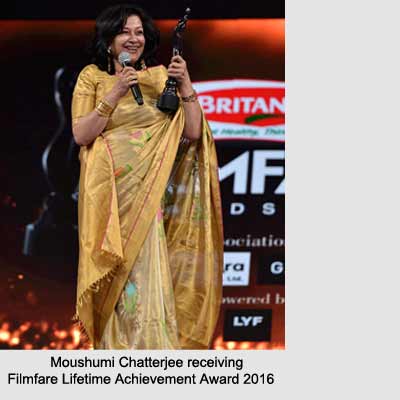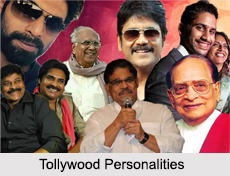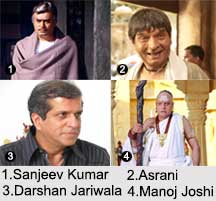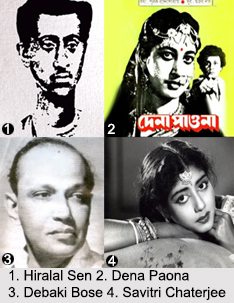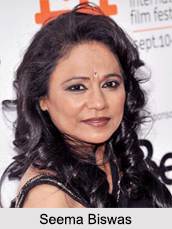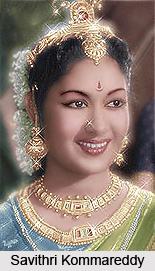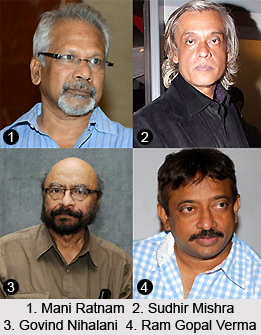 Political Movie Directors of India are the jockeys under whom a new phase of cinema unfurled riding on the shoulders of the ace film makers with the Avant Garde notions and the neo realism concepts pouring in. Indian politics has under no circumstances botched or bungled to intrigue the masses and filmmakers alike. But a renewed passion for the genre is evident as some half-a-dozen films centred on politics are in the making right now. The political nexus and the affiliated scenario have been crucial in providing rations for reflective contemplation to filmmakers since it affects the day-to-day lives of people. And Indian directors who have had articulated themselves amicably through the language of cinema, always attempted to incarcerate the influence of politics in the life of populace as well as the related socio-economic and cultural changes.
Political Movie Directors of India are the jockeys under whom a new phase of cinema unfurled riding on the shoulders of the ace film makers with the Avant Garde notions and the neo realism concepts pouring in. Indian politics has under no circumstances botched or bungled to intrigue the masses and filmmakers alike. But a renewed passion for the genre is evident as some half-a-dozen films centred on politics are in the making right now. The political nexus and the affiliated scenario have been crucial in providing rations for reflective contemplation to filmmakers since it affects the day-to-day lives of people. And Indian directors who have had articulated themselves amicably through the language of cinema, always attempted to incarcerate the influence of politics in the life of populace as well as the related socio-economic and cultural changes.
Ram Gopal Verma, one pillar of realistic cinema crafted Sarkar, Sarkar Raj which invited mass appeal that stretched beyond Maharashtra and depicted Shiv Sena`s stronghold over Mumbai despite the rumours of it being loosely based on Balasaheb Thackeray`s life. Amitabh Bachchan`s character Subhash Nagre had a human side to him too, a facet that the audience finds interesting.
While Prakash Jha`s Rajneeti, which studies the equations of politics and various political parties, seemingly traces the eventful journey of the character played by Katrina Kaif is a replication of Sonia Gandhi and the combating zone she had to face as and when she appeared in the arena of Indian politics. Prakash Jha`s cinema offers a treat to the engulfing political world. His film Apaharan vociferous about the industrialisation of crime and Gangaajal was about one Yadav killing another for power. Boldness is the oft depicted scenario in these political films.
Shatranj Ke Khiladi is one infrequent Hindi film by Satyajit Ray which is based on a short story by legendary Munshi Premchand, the film is set in Nawab Wajid Ali Shah`s (Amjad Khan) Awadh. Apart from the ennui and droopiness of Nawab himself towards associations of governance Ray has been dynamic in capturing the dodging of General Nobility under him. The two nobles Mirza Sajjad Ali (Sanjeev Kumar) and Mir Roshan Ali (Saeed Jaffrey) who derelicted interest in all other things counting their families and wives are so completely obsessed with the game of chess that Mir when he comes to know of his wife`s love affair with his nephew chooses to overlook it, lest his chess playing routine gets disturbed even for a day. Coming to be acquainted with about the advancement of British troops in Lucknow, the two nobles, fearing they might be called into service, flee the city and continue their game. Ray uses chess as a metaphor for the Nobility`s escapism as well as British guile which leverages the situation to plot and overthrow Nawab in a bloodless coup.
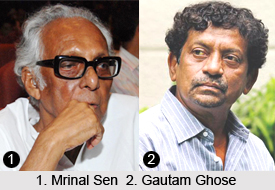 Gandhi my Father which Directed by UK based Theatre director and playwright Firoze Abbas Khan, the film has been a path breaking one in tracing the agitated relations between Gandhi and his eldest son Harilal whom he ultimately had to disown. It is one rare Hindi film which challenges an almost fixed imagery associated with Gandhi. The story of a bitter Harilal who lamented that Gandhi was "the greatest father one could have, but the one father I wish I did not have" also shows the price Gandhi had to pay for his idealism.
Gandhi my Father which Directed by UK based Theatre director and playwright Firoze Abbas Khan, the film has been a path breaking one in tracing the agitated relations between Gandhi and his eldest son Harilal whom he ultimately had to disown. It is one rare Hindi film which challenges an almost fixed imagery associated with Gandhi. The story of a bitter Harilal who lamented that Gandhi was "the greatest father one could have, but the one father I wish I did not have" also shows the price Gandhi had to pay for his idealism.
Sudhir Mishra is an Indian film director and scriptwriter most renowned for directing critically acclaimed films like Hazaaron Khwaishein Aisi created history with the film. The film explores the political scenario during Indian Emergency and the Naxalite movement.
Buddhadeb Dasgupta another stalwart of Indian political films is a well-known poet and contemporary Indian filmmaker of great repute. His lyrics found in poetry form have been extended to cinema as well. Phera, Tahader Katha, Uttara, Lal Darja, etc.
Govind Nihalani`s films have tended towards sensationalism of urban crime and the corruption of the powers that be. It brings out the public`s disenchantment with the political system and their leaders, which had been growing since the 1970s. Dev, Ardh Satya etc are some of his political cinemas.
Aakrosh had a cast which included some of the main actors of New Cinema of that time, Smita Patil, Naseeruddin Shah and Om Puri. The screenplay of the film was based on a real life incident. This political thriller denounced the treatment meted out to the `adivasi`. Nihalani set high standards for making political thrillers. His films received wide acclamations and are till date remembered for their reality. The city of Mumbai was often treated as a background to his films which was undergoing profound changes where corruption was overriding social and political problems.
Mani Ratnam, one pillar of political cinema initiated the political cinema with Roja where Arvind Swamy had been taken captive by terrorists and the sole combat of Madhoo started. The first of its kind was Roja (1992) starring Arvind Swamy, Madhu and Pankaj Kapoor. In 1994 Bombay followed with the same male lead but the female protagonist was played by Manisha Koirala. It dealt with the sensitive bomb blasts in Mumbai. In 1996 came Iruvar and then a host of films followed. Aayitha Ezhuthu came in 2004. This film was also released in Hindi as Yuva. The latest from the Mani Ratnam stable is Guru which had hit the theatres in 2007. This film starred Abhishek Bachchan, Aishwarya Rai, Vidya Balan, Mithun Chakraborty and Madhavan among others.
In 2010 he worked brilliantly in the film Raavan. The same film was also made in Tamil named Raavanan. This film has a few similarities with the Hindu epic Ramayana. The Tamil version of the film bagged better comments than the Hindi one.
Gautam Ghose is one of the most celebrated film directors of modern Indian cinematic arena has often journeyed into the forays of political films. Kalbela traces the journey of Animesh a Naxalite and the sacrifices made both by Animesh and his love interest Madhabilata. Abar Arranye even has hints about the 9/11 episode.
Mrinal Sen during his student life, he got actively involved with the cultural wing of the Communist Party of India, but he never became a member of the same. He associated himself with socialist Indian People`s Theatre Association (IPTA) which helped him immensely to get closer to like minded people. Mrinal Sen`s first Hindi film was the low-budget Bhuvan Shome. A comic tale about a rigid bureaucrat`s reorganization by an irreverent village woman, the film brought into hub the rigidity of class and social barriers. The nonconformist, anarchist style of its visuals and editing had a major influence on the rise of parallel cinema in India. His next film in Hindi, Ek Adhuri Kahani, was about the oppression of factory workers by their middle- and upper-class bosses. In 1976, Mrinal Sen made Mrigaya. Set in the period before Indian Independence, the film told a subtle tale of the colonial rules contact with the world of the Santhal tribes. His Film Kolkata 71 captures the nuances of Naxalite movement. Even Ritwik Ghatak in Subarnarewkha and Titas ekti Nadir Naam conjugated the economic struggles with the Partition of Bengal.
